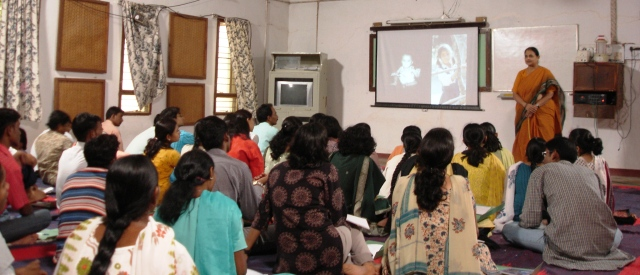Role of Institutional Education in Improving Adolescents’ Reproductive Health
In order to improve the reproductive health of adolescents, both in-school and out-of-school reproductive health education linked with adolescent-friendly services at health facilities are essential. Furthermore, the in-schools education with adolescent-friendly health facilities is more effective as they already have existing structures that can be strategically leveraged.
The paper “Improving Adolescent Reproductive Health in Bangladesh” went through a comparative analysis within three areas of Bangladesh (Pabna, Dinajpur, Rangpur) with the purpose of finding out the most operational process by which the adolescents’ reproductive health can be improved. Along with community sensitization, a combination of reproductive health interventions at the school, community and health facility levels is needed to successfully respond to adolescents’ need of reproductive health. Additionally teachers and facilitators, who are the key information providers, should be trained to successfully transfer reproductive health education to adolescents. All other facilities, such as contraceptives and STI services, should be adolescent-friendly. However, this paper was unable to bring the unmarried sexually active adolescents under the implementation of the program.
References
Ismat Bhuiya, U. R. (2004). Improving Adolescent Reproductive Health. U.S. Agency for International Development (USAID).
http://www.eldis.org/vfile/upload/1/document/0708/DOC18994.pdf


